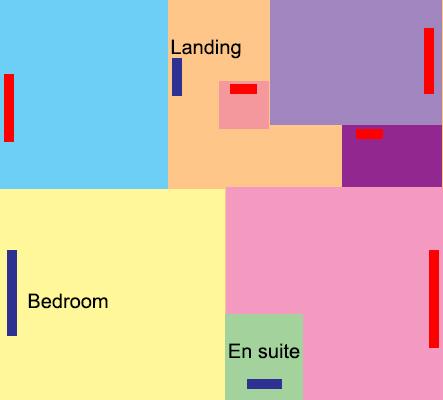We have recently had a new boiler fitted, new rad valves, system drained & a chemical power flush. There are a few radiators that do not warm up correctly or at all. The plumber also drained the radiators in question again and checked all valves, balanced system etc. He said the plastic pipes were possibly bent and it would be a big job to do, lifting all floor boards and replacing pipes etc.
Is there anything I can do myself to easily locate where these are bent and anything I can do to fix this?
Downstairs:
Living room (opposite corner of house to boiler) - only the bottom right of radiator gets slightly warm, an area about an inch square.
Upstairs:
* Bedroom (directly above the living room radiator) - along the top is warm and the bottom left is hottish, the rest is slightly warm
* En suite in the same bedroom - cold
* Landing radiator (outside bedroom door) - very cold
Is there anything I can do myself to easily locate where these are bent and anything I can do to fix this?
Downstairs:
Living room (opposite corner of house to boiler) - only the bottom right of radiator gets slightly warm, an area about an inch square.
Upstairs:
* Bedroom (directly above the living room radiator) - along the top is warm and the bottom left is hottish, the rest is slightly warm
* En suite in the same bedroom - cold
* Landing radiator (outside bedroom door) - very cold



